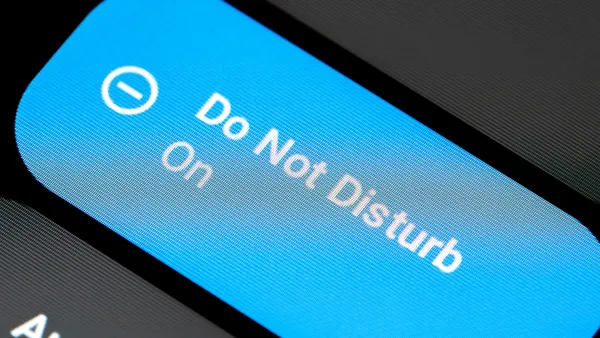Kenneth A. Rosen is chair emeritus of the bankruptcy and restructuring department at the law firm of Lowenstein Sandler. Views are the author’s own.
While the exact magnitude of financial distress costs varies depending on the company's specific circumstances, there is no question that Chapter 11 devalues a company, absent extraordinary circumstances.
As an increasing number of companies filed for bankruptcy last year seeking to get a fresh financial start, finance leaders should think twice if they want to continue over the long haul as a going concern.
When a company is in financial distress, CEOs, CFOs and their attorneys have to decide whether to settle with creditors out of court or commence a Chapter 11 case.
Similarly, in the case of an already bankrupt firm facing lengthy litigation, at some point executives may need to consider cutting their losses and settling. In either scenario, businesses should not take these actions without fully weighing a settlement's indirect soft costs and benefits.
The longer that a company takes to reorganize its business and restructure its balance sheet, the more value the company will lose. Among other things, lenders become less tolerant of missed projections, customers begin to second source as the distress drags on and becomes more visible, salespeople jump ship if they think that their employer may fail, and management must expend precious time fixing distress rather than focusing on the underlying business.

The C-suite’s analysis should begin with this question: What is necessary to preserve and then increase the value of the company going forward? What creditors would receive in a liquidation is only part of the picture. So what else should be analyzed?
Firstly, if one is contemplating settling with creditors outside bankruptcy, one must consider direct costs of a bankruptcy which are more quantifiable and include professional fees and increased borrowing costs. Indirect costs — which are equally detrimental to a company but are difficult to quantify — include credit downgrades making it more expensive to borrow; erosion of customer trust and strain on supplier relationships and reduction in autonomy in decision-making.
Then there’s the case where a company is in bankruptcy but holding out for what’s come to be known as a “cram down” reorganization, a scenario where a court approves a bankruptcy reorganization without the approval of some creditors, provided certain conditions are met. The prospect is alluring to bankruptcy filers who hope for a reorganization where their debt is substantially written down.
But this doesn’t always happen. The plan must ensure that the secured creditor will receive at least the value of their collateral. By law, the plan’s treatment of the secured lender also must be "fair and equitable" and unsecured creditors must receive at least as much as they would receive if the debtor's assets were liquidated under Chapter 7 of the Bankruptcy Code. This is known as the "best interests of creditors" test.
The potential benefits of cram down and of the best interests’ test can be seductive to a company considering the pros and cons of commencing a Chapter 11 case or considering whether to settle with creditors. It is tempting for management to be swayed by a professional who says that the client should file and then hold out until creditors agree to a number close to what creditors would receive in liquidation, but that is a disservice to clients.
Sometimes it makes sense to pay creditors more than what they would receive under a liquidation scenario if continued financial distress will cost the company more than the extra dollars sought by creditors to settle, or if the additional cost is less than the value of a quick emergence from distress.
A settlement with creditors that enables a successful restructuring well before financial distress reaches the point of no return and which extends the debtor’s runway should be the goal, not just extracting the most that is (theoretically or legally) possible from creditors pursuant to the Bankruptcy Code.
It’s important to consider the likely economic benefit to the company of concluding the negotiations, even if it means paying creditors more than liquidation value, and moving on to really fixing the company. My bet is that Chapter 11 may not be as attractive, but one must at least have given it all the consideration it deserves.











